#diprotodontia
Explore tagged Tumblr posts
Photo
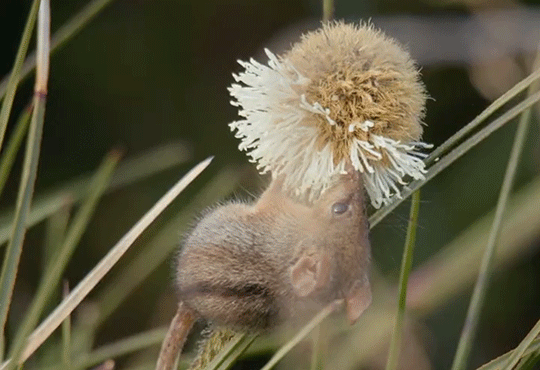
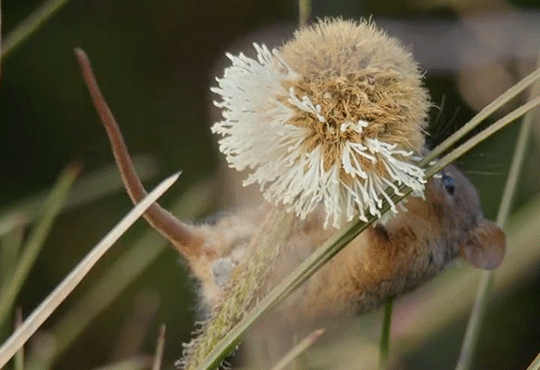
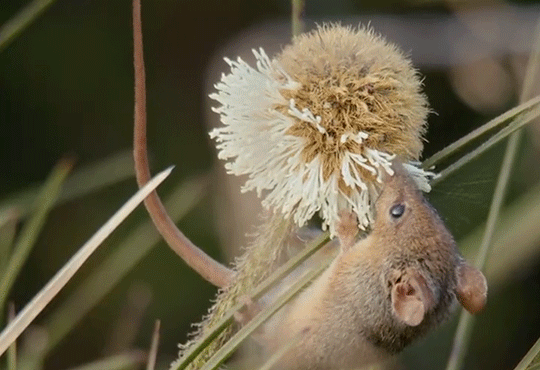
The honey possum, also called a noolbenger, is the only flightless animal that feeds exclusively on nectar and pollen. As such it’s an important pollinator in the grasslands of southern Australia. Grassland Films
#honey possum#noolbenger#australia#grasslands#mammalia#diprotodontia#y'all should go to that wiki page there's uhh.. a really great illustration.
12K notes
·
View notes
Text
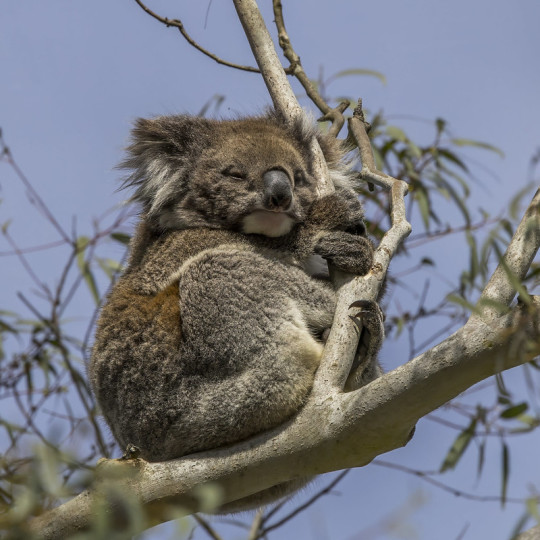
A koala (Phascolarctos cinereus) in Mount Lofty, Australia
by Charles Sharp
#koala#marsupials#phascolarctos cinereus#phascolarctos#Phascolarctidae#diprotodontia#marsupialia#mammalia#chordata#wildlife: australia#wildlife: oceania
374 notes
·
View notes
Text

Waigeou Spotted Cuscus (Spilocuscus papuensis), family Phalangeridae, endemic to the island of Waigeo in Indonesia
photograph by Chien C. Lee
249 notes
·
View notes
Note
Can u do the Greater Glider or the Red and White Giant Flying Squirrel? (aka some of the largest gliding mammals in the world)
Sure! I'll do Greater Gliders first.


#eastern australia#mammalia#mammal#mammals#marsupial#diprotodontia#pseudocheiridae#hemibelideinae#greater glider#animal polls#poll blog#my polls#animals#polls#tumblr polls
182 notes
·
View notes
Text
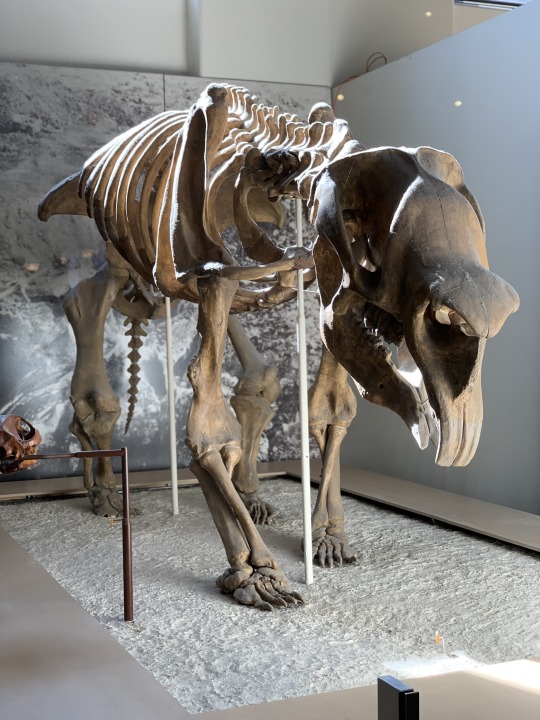
It’s Fossil Friday! Standing about 6 ft (1.8 m), Diprotodon australis is one of the largest marsupials to have ever lived. Distantly related to living wombats, this massive herbivore was common throughout Australia until the end of the last Ice Age some 25,000 years ago. The specimen on display at the Museum was found in 1893. Visiting this weekend? You can see this fossil in the Hall of Primitive Mammals!
Photo: E. Louis/ © AMNH
#science#fossil#amnh#museum#paleontology#nature#natural history#animals#diprotodontia#mammal#mammals#fossil friday#fact of the day#cool animals#animal facts#marsupial#wombat
472 notes
·
View notes
Text
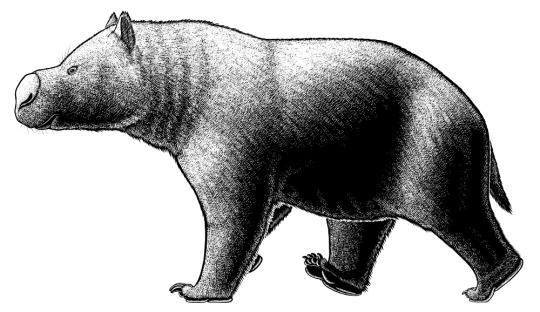
Diprotodontids were large herbivorous marsupials distantly related to modern wombats and koalas, with some species reaching body sizes comparable to rhinos.
Ambulator keanei here was a mid-sized example, closer to bear-sized at around 1m tall at the shoulder (~3'3"). It lived in South Australia during the Pliocene, about 3.9-3.6 million years ago, at a time when the climate was becoming drier and the local habitat was shifting towards open grasslands – and so it was was one of the first diprotodontids known to have specialized its limb anatomy for more efficient long-distance walking.
A bone in its wrist was modified into a heel-like structure, and skin impressions show large cushioning fleshy pads on the undersides of its feet. Its feet were also rotated to bear weight mainly on the outside edges, similar to the condition seen in some ground sloths, and its fingers and toes appear to have been held raised up off the ground while walking.
———
NixIllustration.com | Tumblr | Twitter | Patreon
#science illustration#paleontology#paleoart#palaeoblr#ambulator#diprotodontid#diprotodontia#marsupial#mammal#art#these legs are made for walkin' so that's just what they'll do
288 notes
·
View notes
Text
Taxonomy Tournament: Mammals


Dasyuromorphia. This order is made up of carnivorous marsupials, including quolls, numbats, and the Tasmanian devil.
Diprotodontia. This order is the most specious order of marsupials, containing, among others, kangaroos, koalas, wombats, and sugar gliders.
#animals#biology#polls#poll tournament#zoology#tasmanian devils#numbats#mammals#tetrapods#kangaroos#koalas#wombats#Dasyuromorphia#Diprotodontia#0x10v0x6f
44 notes
·
View notes
Text
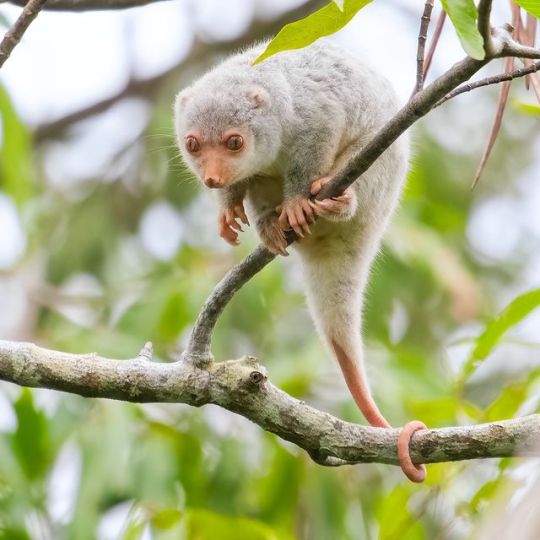
White Cuscus
#white cuscus#common spotted cuscus#cuscus#Spilocuscus maculatus#Marsupialia#Diprotodontia#Phalangeridae#Spilocuscus#upl
20 notes
·
View notes
Text
All set! Next week, I'm a koala care volunteer! As much as I'm here to help them (and cute as they are), I'm mostly going to improve my ecology skills as well as have something impressive on my resumé. So I'm actually excited to work in the food nursery and not with direct koala care. That's what I wanted in the first place! It's still helping the fluffy fellas after all. There were only a few photo I could take for legal reasons, but here they are!;
The souvenirs shop;
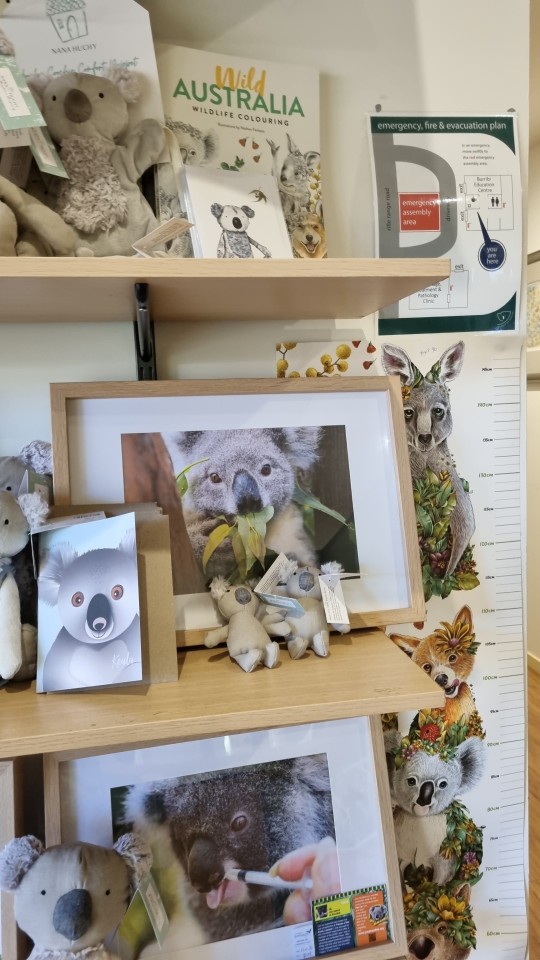

The only Koalas I could take photos of are the ones with hip dysplasia. The carer offered to let me in, but I didn't want to disturb them.

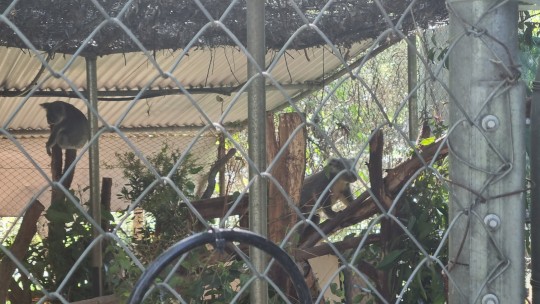

And finally:
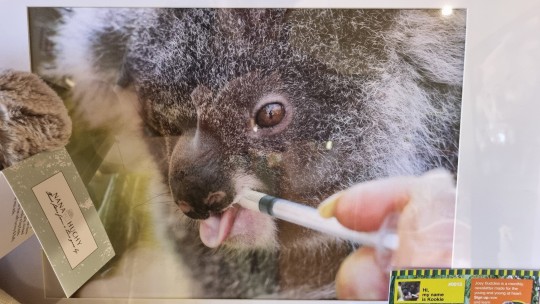
Blep
#phascoloarctus cinereus#koala#phascoloarctus#diprotodontia#marsupial#chordates#mammal#wildlife care#wildlife rehab#conservation#ecology#animal#australian wildlife#australia#wildlife#hip dysplasia#wildlife hospital#eucalyptus#trees#blep#cute#cute animals#synapsid
9 notes
·
View notes
Text

Chunia
Chunia — примітивний ектоподонтид. Це була особлива група кайнозойських австралійських кускусових, які, можливо, були спеціалізованими насіннєїдами. Ектоподонтиди, яких спочатку вважали однопрохідними, мали коротку морду, великі, спрямовані вперед очі і найбільш незвичайні та складні зуби серед усіх сумчастих. Chunia, найпримітивніший з ектоподонтидів, мав корінні зуби, які були простішими, ніж у інших ектоподонтидів,…
Повний текст на сайті "Вимерлий світ":
https://extinctworld.in.ua/chunia/
#chunia#australia#marsupialia#oligocene#mammalia#metatheria#diprotodontia#paleoart#paleontology#prehistoric#art#illustration#ua#animals#digital art#animal art#science#daily#extinct#палеоарт#палеонтологія#fossils#article#ukraine#ukrainian#україна#мова#українська мова#арт#український tumblr
7 notes
·
View notes
Text
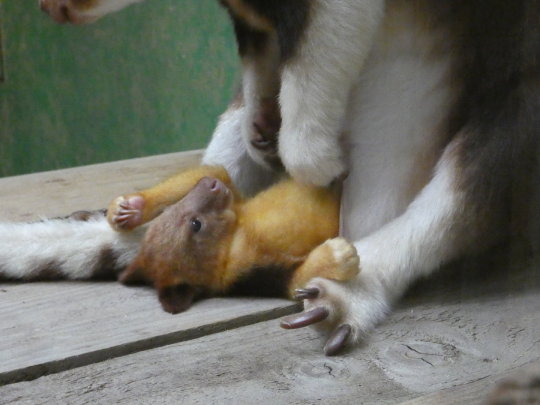
Goodfellow's Tree Kangaroo (Dendrolagus goodfellowi)
@ MagpieGoose
#iicraft505#animals#goodfellow's tree kangaroo#marsupial#macropodidae#diprotodontia#marsupialia#mammal#mammalia
3 notes
·
View notes
Text
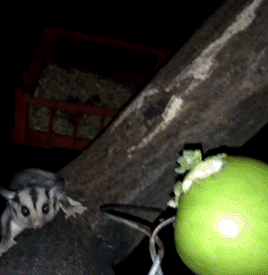
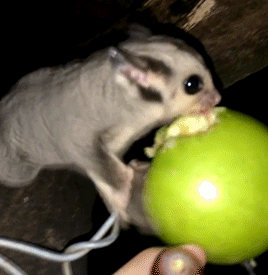
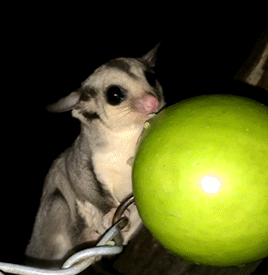

sugar glider VS 🍏
#australia#sugar glider#mammalia#marsupialia#diprotodontia#request#inqzok#it was really hard to find footage of wild ones ;o;
365 notes
·
View notes
Text

A common wombat (Vombatus ursinus) and her joey on wukaluwikiwayna, Tasmania
by Charles Sharp
#common wombat#wombats#marsupials#vombatus ursinus#vombatus#vombatidae#diprotodontia#marsupialia#mammalia#chordata#wildlife: tasmania#wildlife: oceania
87 notes
·
View notes
Text




Matschie's Tree-kangaroo and Joey (Dendrolagus matschiei) - (c) SaritaWolf - please do not repost
0 notes
Note
striped possum!! they are so stupid looking i love them


Photos thanks to Carlos N. G. Bocos and avocat on iNaturalist!
#new guinea#striped possum#common striped possum#mammalia#mammals#mammal#marsupialia#marsupial#diprotodontia#petauridae#animal polls#poll blog#my polls#animals#polls#tumblr polls
71 notes
·
View notes
Text
Australian
#their eyes are like that because they're nocturnal#NOTE: “Suguar” gliders are only one species of petaurus. I'm not sure if this a P breviceps due to the colour morph.#But since it's a colour morph in the first place it probably is. Also why are folks keeping them as pets? Isn't that unethical?#glider#petaurus breviceps#marsupial glider#petaurus#diprotodontia#marsupial#mammal#vertebrate#animal#video#ngl people keeping gliders as pets still seems really really weird to me.#sugaur glider
4K notes
·
View notes